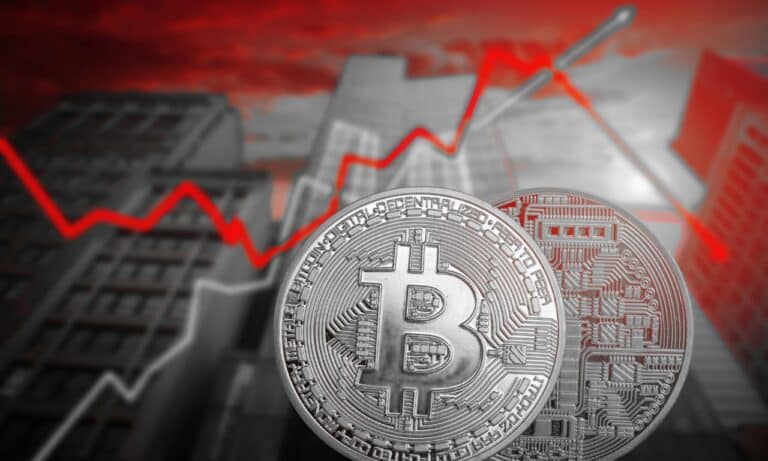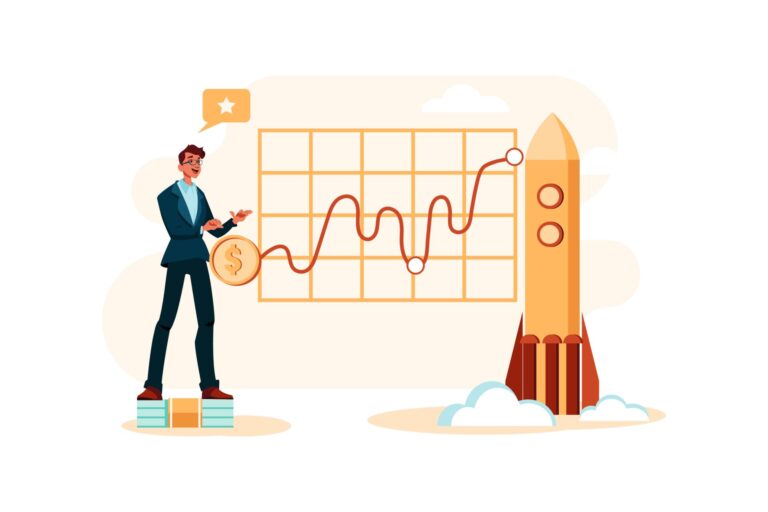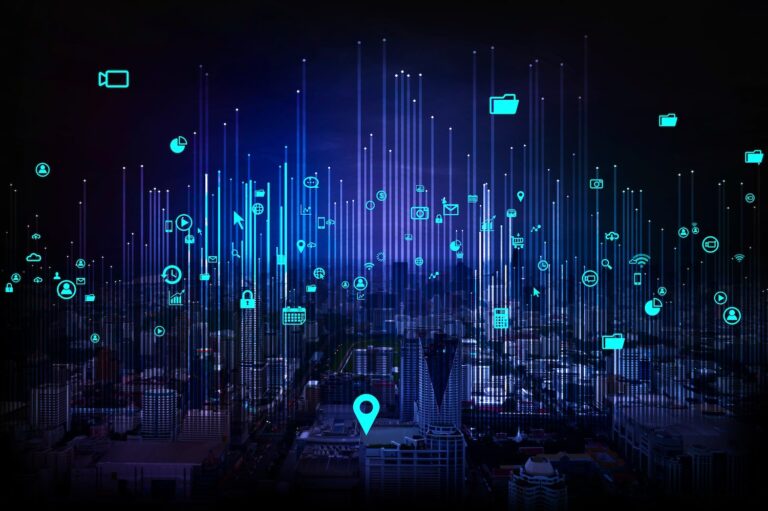Introduction
In this guide, we’ll uncover the best strategies and tips to help you succeed in this ever-changing industry.
Basics of Cryptocurrency Mining
Simplifying Crypto Mining Concepts
Before diving in, let’s simplify some crypto-mining concepts. Cryptocurrency mining is the process of validating transactions on a blockchain network and creating new coins. Miners use computational power to solve complex mathematical problems, which helps maintain the network’s integrity.
Blockchain’s Role in the Process
The blockchain is a decentralized digital ledger that stores transaction data. Miners play a crucial role in maintaining and securing the network by verifying and adding these transactions to the blockchain.
Choosing the Right Coin
Factors to Consider for Profitability
Selecting a profitable coin to mine is essential. Consider the following factors:
- Coin’s current market value
- Mining difficulty
- Hardware and electricity costs
- Network’s future prospects
Check out our Cloud Mining Services
Top Coins for Mining
With Ethereum’s transition to Proof of Stake (PoS), mining is no longer an option. However, several other promising coins are available for mining, such as:
- Bitcoin (BTC)
- Conflux (CFX)
- Monero (XMR)
- Zcash (ZEC)
- Kaspa (KAS)
- Ravencoin (RAV)
- Kadana (KAD)
- Chia Network (XCH)
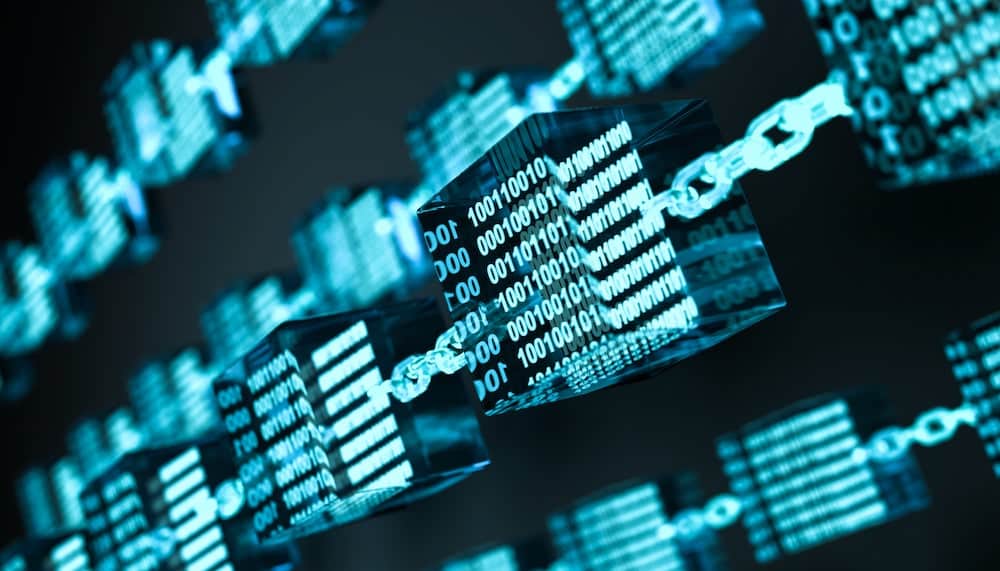
Exploring HDD Mining
Introduction to HDD Mining and Its Benefits
HDD mining, or hard drive mining, is an eco-friendly alternative to traditional mining methods. It uses hard drive space to validate transactions on the network. HDD mining consumes less power, making it a more sustainable option which our consulting team have great results with.
Spotlight on Chia Network and XCH Coin
Chia Network’s native coin, XCH, is a popular choice for HDD mining. Chia leverages a unique consensus algorithm called Proof of Space and Time, which makes it an energy-efficient option for miners.
Picking the Ideal Mining Hardware
GPUs vs. ASICs: Weighing Options
Choosing the right mining hardware is critical. GPUs (Graphics Processing Units) are versatile but less powerful, while ASICs (Application-Specific Integrated Circuits) are specialized, high-performance devices. Consider your budget, power consumption, and desired mining efficiency when making a choice. Remember that ASICs are generally not recommended for running at home and might need a hosting agreement on a professional facility.
Balancing Cost, Power, and Performance
To maximize profitability, balance your hardware’s cost, power consumption, and performance. Research and compare different mining equipment to find the best fit for your needs.
Selecting HDDs for Mining
When choosing an HDD for mining, prioritize:
- Storage capacity
- Read/write speed
- Reliability
- Price per terabyte
- Power consumption
Selecting the Best Mining Software
User-friendly and Feature-rich Options
Choose mining software with an intuitive interface and essential features like:
- Mining pool support
- Profitability tracking
- Hardware monitoring
- Overclocking capabilities
Considerations for Security and Compatibility
Ensure the mining software is compatible with your hardware and operating system. Always download from reputable sources and be cautious with software to protect against malware.
Joining a Mining Pool or Going Solo
Pros and Cons of Each Route
Mining solo offers complete control but comes with a higher variance in rewards. Mining pools distribute rewards more evenly among participants but charge fees for their services.
Tips for Finding the Right Pool
When selecting a mining pool, consider:
- Pool size and reputation
- Fee structure
- Payout frequency
- Server location

Optimizing Your Mining Setup
Tricks for Boosting Mining Efficiency
Maximize your mining efficiency by:
- Overclocking your hardware
- Using optimal mining software settings
- Ensuring proper ventilation
Importance of Cooling and Power Management
Effective cooling and power management are crucial for maintaining hardware longevity and reducing energy costs. Invest in a good cooling system and monitor your hardware temperatures regularly. Opt for energy-efficient power supplies and consider using solar power to offset electricity costs.
Tailoring HDD Mining Setups
To optimize HDD mining setups, focus on:
Staying Current with Cryptocurrency Trends
Following Industry News and Updates
Stay up-to-date with cryptocurrency news, updates, and technological advancements to make informed decisions and adapt to market changes with ever-changing regulations.
Read about how it is important to stay ahead of the green movement regarding crypto-mining
Adapting to Market Changes, Like Ethereum’s PoS
Ethereum’s transition to PoS highlights the importance of adapting to market changes. Keep an eye on emerging coins and new mining methods to stay ahead of the curve.
Tax and Legal Implications of Mining
Navigating Regulatory Waters
Understanding your jurisdiction’s cryptocurrency regulations is vital. Research tax laws and reporting requirements to ensure compliance with local authorities.
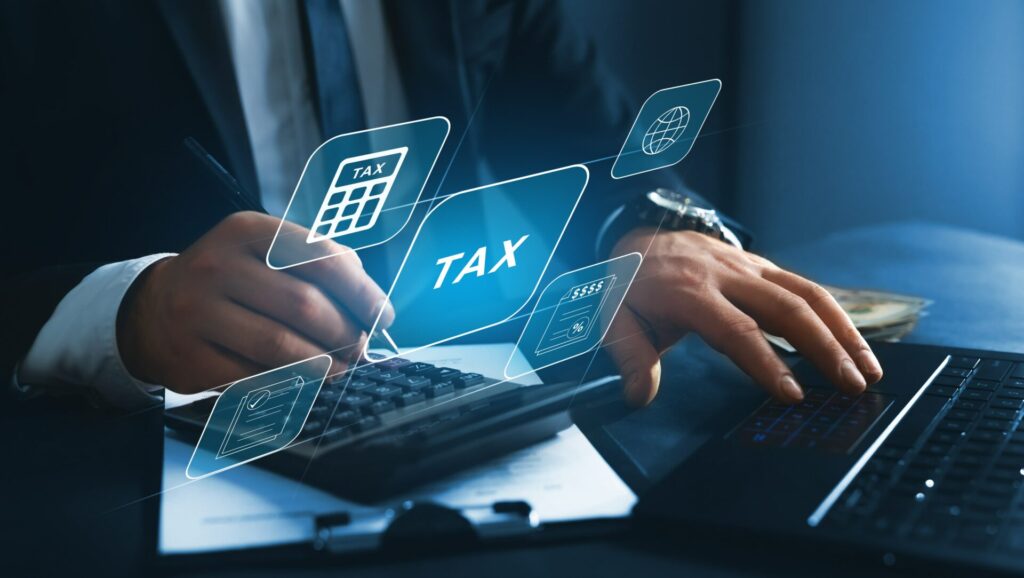
Preparing for Tax Time
Cryptocurrency mining is considered a taxable event in many countries. Keep accurate records of your mining activities and consult a tax professional for guidance.
Conclusion
Embrace the adventure of crypto mining by applying the strategies and tips discussed in this guide. Stay informed, optimize your setup, and adapt to market changes for long-term success. Happy mining!

